About CAAV
U.S. soybean farmers have re-defined the measure of feed quality and value based on content of essential amino acids (EAAs). Calculating the sum of the five most critical amino acids (lysine, cysteine, methionine, threonine and tryptophan) provides a numerical Critical Amino Acid Value (CAAV).
When these 5 EAAs are not present in sufficient quantities in feed ingredients, nutritionists must either increase the level of protein or supplement the diets with synthetic amino acids. This may increase production costs and lead to potential imbalances of intact digestible amino acids.
This usually results in excess nitrogen excretion, a higher requirement for energy and negative environmental consequences.
Whole soybeans and meal have historically been valued largely on crude protein quantity; a higher crude protein content does not equate to higher protein quality or better nutritional value in feeding monogastric animals. True protein quality is based on the presence and balance of essential amino acids. Current purchasing decisions based largely on higher crude protein will not necessarily provide the best value feed ingredient.
Breakdown of CAAV
The formula used to calculate CAAV in soybean meal:
% Lysine + % Threonine + % Tryptophan + (% Methionine + % Cysteine ) divided by (/) Total Amino Acids = Critical Amino Acid Value (CAAV)
Lysine, Methionine, Tryptophan and Threonine are among first limiting essential amino acids.
Cysteine is well documented for sparing effect of methionine. Lysine, Methionine, Tryptophan and Threonine are available as commercially produced synthetics. Summation number suggests more completeness in nutritional value.
Measurement Benefits
Crude protein percentage alone is only an estimate of the total amino acids based on the level of nitrogen detected; it tells you nothing about the quantity of each amino acid or the balance of the essential to non-essential amino acids.
When nutritionists and producers know the CAAV in feed ingredients, they know the true value in the feed. There are quantifiable economic benefits to using high CAAV meals in feed formulations, and there are significant environmental benefits to utilizing high CAAV soybeans.
A diet using meal from a lower crude protein soybean with a naturally higher CAAV can contribute to a healthier animal and cleaner environment.
CAAV and Feed
Purchasing and feeding protein sources based on EAAs is more efficient, cost-effective, and potentially less polluting than buying based on crude protein alone. That’s because crude protein is only an approximate estimate of protein and does not provide information about EAA content or balance.
The CAAV measurement delivers greater value to producers by providing a more complete and accurate profile of soybean protein quality, especially for northern-grown soybeans that often have lower total crude protein but higher CAAV.



